Call or Text 303-736-9856

The Effects of Chloramines In Your Water
Chloramines are very common drinking water contaminants, and everybody is familiar with the foul taste & odor they create—at least from swimming pools, if not from drinking water. Usually, their presence is not intended, but about 25% of the largest public water supplies in the U.S. add the simplest one, mono-chloramine, to the water on purpose. They use chloramine instead of chlorine because it is more stable in water, allowing for disinfection over longer distances.
About Chloramines
Chloramines are a family of disinfection by-products (DBPs) formed from the reaction of disinfectant chlorine with the nitrogen atom (N) in ammonia (NH3) or organic compounds containing a reactive nitrogen atom. There are many such biological chemicals in drinking water, mainly derived from the cellular debris from killed bacteria and algae. Mono-chloramine is the simplest and most common member of the group, often produced intentionally from the reaction of pure chlorine and pure ammonia.
Chloramines are generally undesirable in drinking water because they are toxic and smell and taste bad. However, mono-chloramine is tolerated because it is helpful as a secondary disinfectant, and it is the least harmful and smelly of the group. Still, concentrations above 4.0 mg/L are prohibited. The usefulness of monochloramine comes from its comparative weakness as an oxidizing agent: it retains about 5% of free chlorine’s chemical power, which is not strong enough to use as a primary disinfectant, but it is still able to inhibit the re-growth of any survivors of disinfection. It is also too weak to corrode copper and brass plumbing materials, and therefore, it lasts much longer in the mains—two or three days instead of just a few hours for free chlorine. Finally, monochloramine is chemically too weak to produce the other common disinfection byproducts—trihalomethanes (THMs), haloacetic acids (HAAs), and haloketones (HKs), which may pose a health hazard.
Typically, water utility companies use free chlorine (or chlorine dioxide or ozone) only in the early water treatment steps. Then, in the end, just as the finished, treated water is about to leave the plant and go out into the water mains, pure ammonia is added to convert the free chlorine residual into chloramine. Without that final adjustment, the free chlorine would continue to produce unwanted THMs, etc., for several more hours and then be gone entirely, leaving the system with no continuing protection.
Standard water treatment practice is to use ½ - 1 ppm of free chlorine or 1 – 2 ppm of monochloramine. Some systems attempt to counteract monochloramine’s weakness by using more of it, but all that does is increase the frequency of taste & odor complaints. There is not much difference between the smell of the two at low concentrations, but above one ppm the stink of monochloramine is very objectionable—much worse than free chlorine—and removing it is even more important than removing ordinary free chlorine, especially if the water is to be used for commercial food/beverage service.
Unfortunately, chloramine is more difficult to remove than plain free chlorine: it reacts only weakly and slowly with activated carbon, just like it does with everything else. That means that the water must stay in contact with the carbon much longer than if free chlorine alone was present. Many filters do not have enough carbon for the long contact time required to achieve removal. Only products with significant capacity will give satisfactory performance.
Chloramine Reducing Filters
Vita Filters CTO 10" Carbon Block Filter (9-3/4") Drop-In Compatible with 32-250-10-MATRIKX
Why shop with Vita Filters? Authorized Distributor for Top Brands Free Shipping • No Minimum One (1) Year Warranty 100% Satisfaction Guaranteed! O...
View full detailsOptiPure 300-05828 CTO-Q10 Replacement Cartridge 1.5 GPM 0.5 Micron
The Pentair OptiPure CTO-Q10 is a 10” Qwik-Twist cartridge for use in OptiPure QT10 Series Systems to reduce sediment down to 0.5-microns and reduc...
View full detailsOptiPure 300-05832 CTOS-QCR Scale Chloramine Reduction Cartridge 0.5 GPM
The OptiPure 300-05832 CTOS-QCR is a 15” Qwik-Twist cartridge that reduces chloramines to 6,000 gallons at a flow rate of 0.5 GPM. The cartridge in...
View full detailsOptiPure 170-52081 QTI1+CR Replacement Cartridge Kit CTO-Q10 CTOS-QCR
The CTO-Q10 is a 10” Qwik-Twist cartridge that reduces sediment down to 0.5 microns and reduces chlorine, taste & odor at a flow rate of 1.5 GP...
View full detailsEverpure DEV9830-01 HQS-WF Filter Cartridge
Application: Produces perfect water for premium drinking water applications. Fits Everpure QL1 and QL3b heads. Part of a sanitary quick-change fil...
View full detailsOptiPure 300-05821 CTO-Q10CR Chloramine Cartridge 0.5 GPM
The Optipure CTO-Q10CR is a 10” Qwik-Twist cartridge that reduces chloramines up to 4,000 gallons at a flow rate of 0.5 GPM. Applications: Applica...
View full detailsEverpure 300-05828 CTO-Q10 10" Filter Cartridge 1.5 GPM 0.5 Micron
Supply clean, safe water to your commercial beverage equipment with this Everpure 300-05828 CTO-Q10 filter cartridge. This cartridge directly repla...
View full detailsEverpure DEV9830-01 HQS-WF Filter Cartridge 3-Pack
Application: Produces perfect water for premium drinking water applications. Fits Everpure QL1 and QL3b heads. Part of a sanitary quick-change fil...
View full detailsMatrikx 32-250-10-MATRIKX CTO 10" Carbon Block Filter (9-3/4")
Replacement here: Vita Filters 10" (9-3/4") Carbon Block Filter Drop-in Why shop with Vita Filters? Authorized Matrikx Distributor Free Shipping ...
View full detailsEverpure 4FC-L EV9693-10 Filter Cartridge
With high capacity, the extended-life filter offers submicron particulate reduction, lead, cyst, chlorine taste & odor protection, and more. Th...
View full details

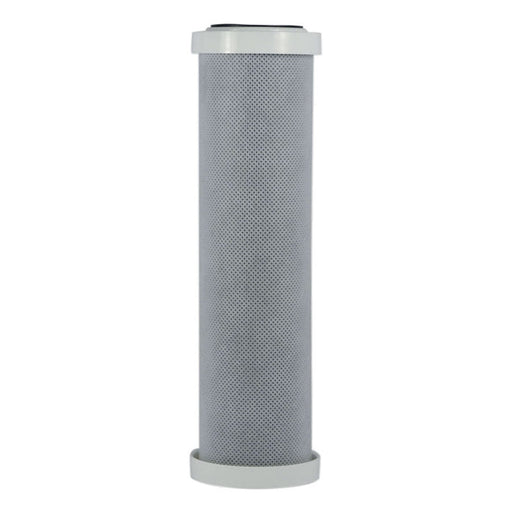
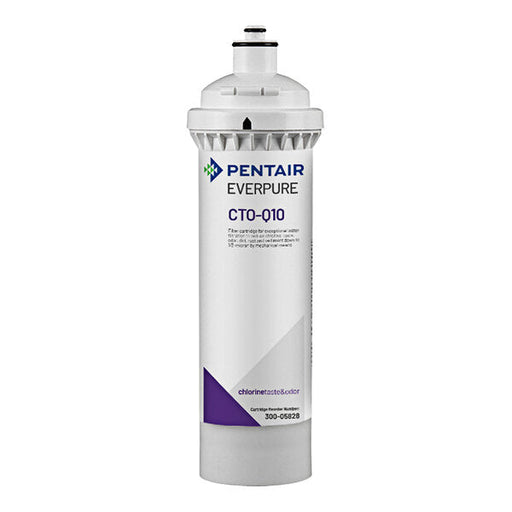
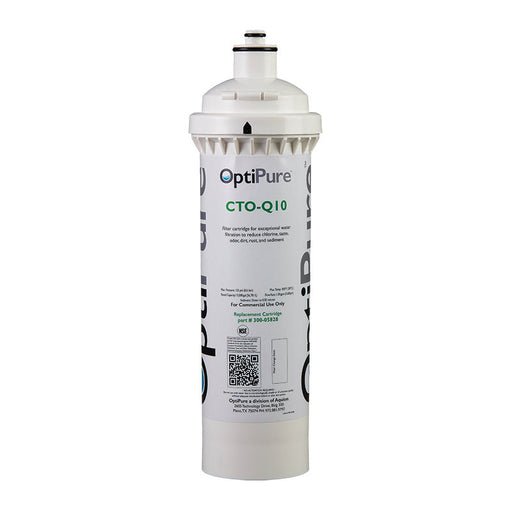
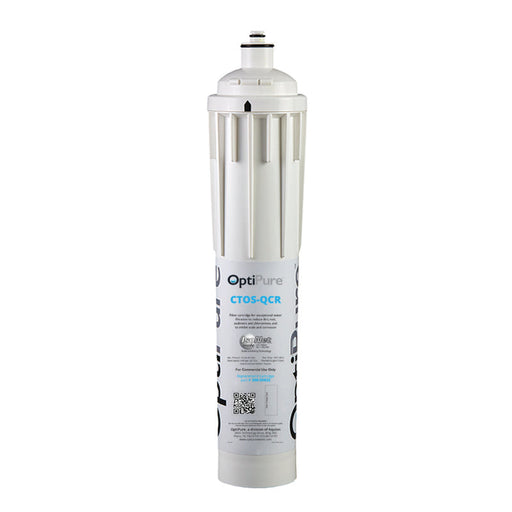
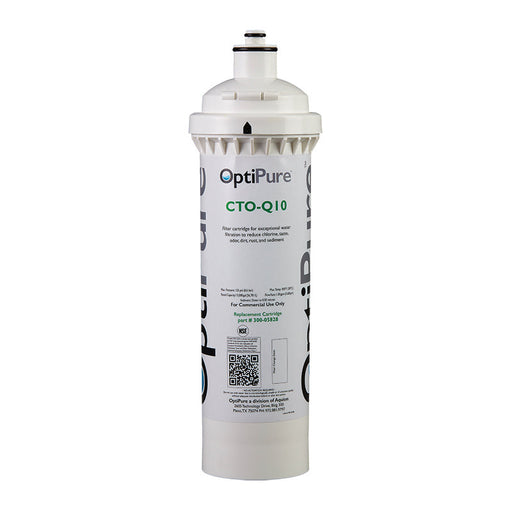
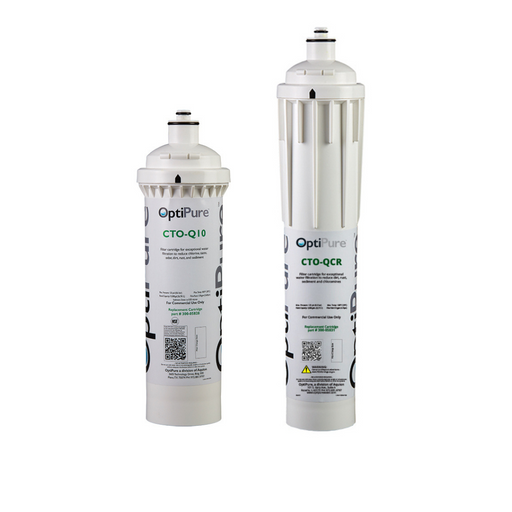
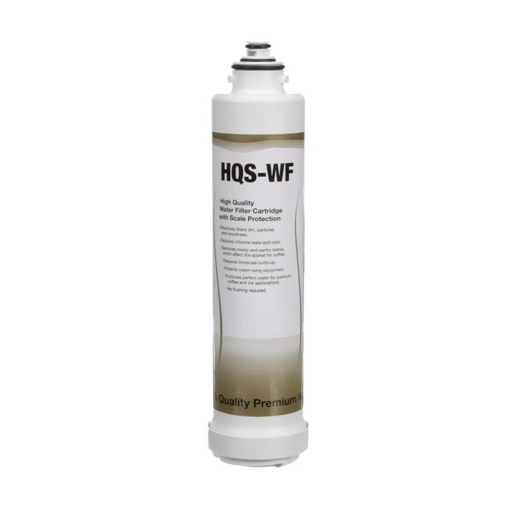
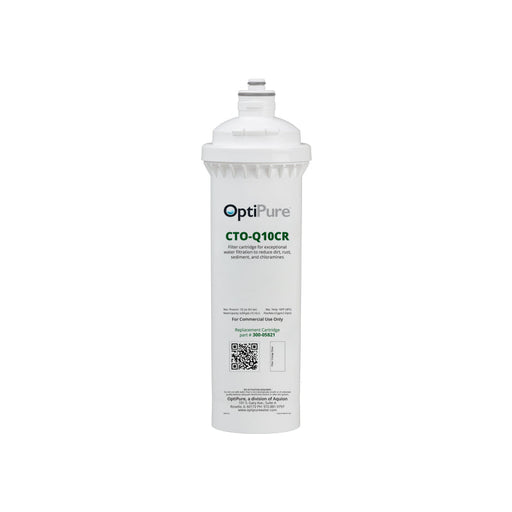
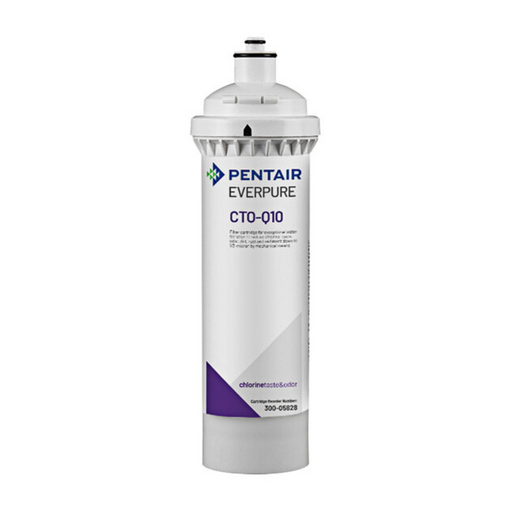
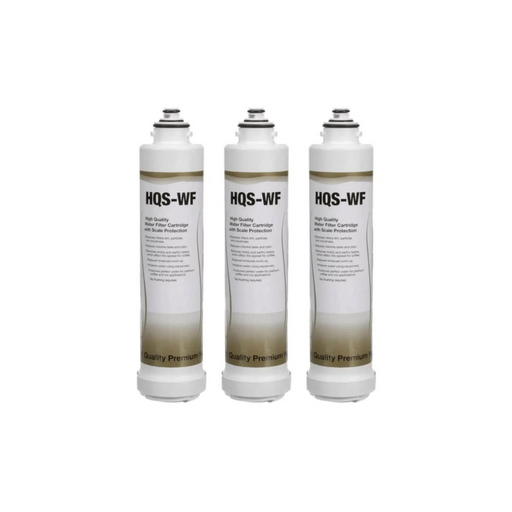
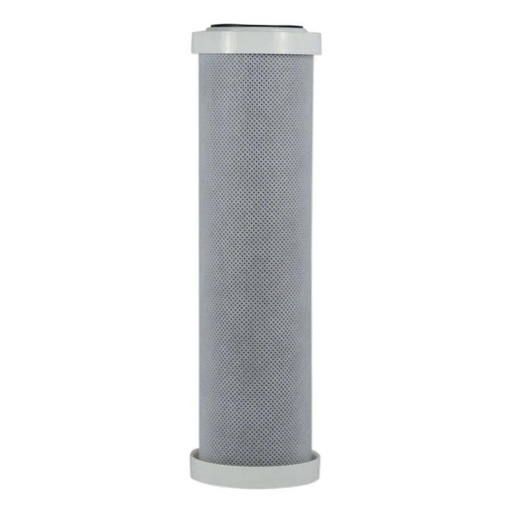
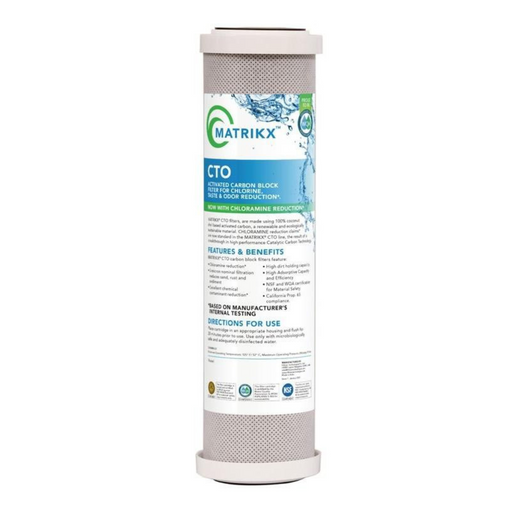
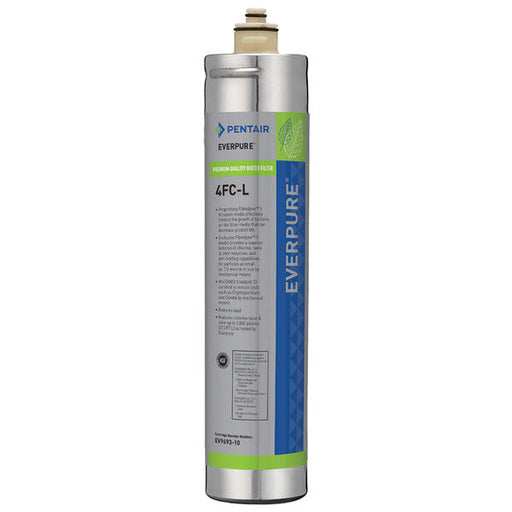
Leave a comment